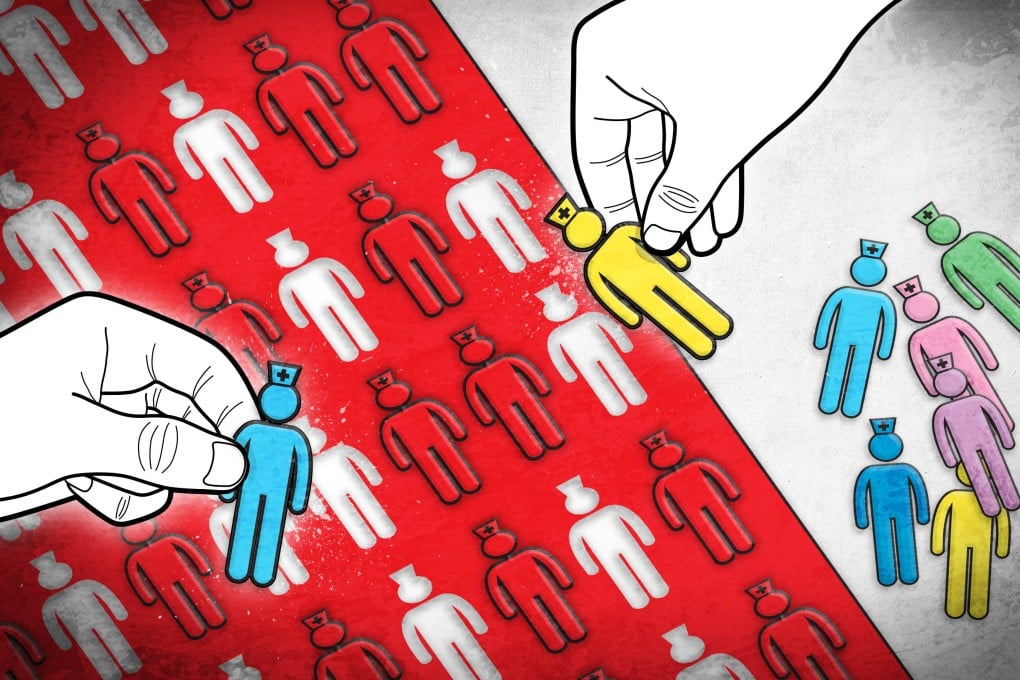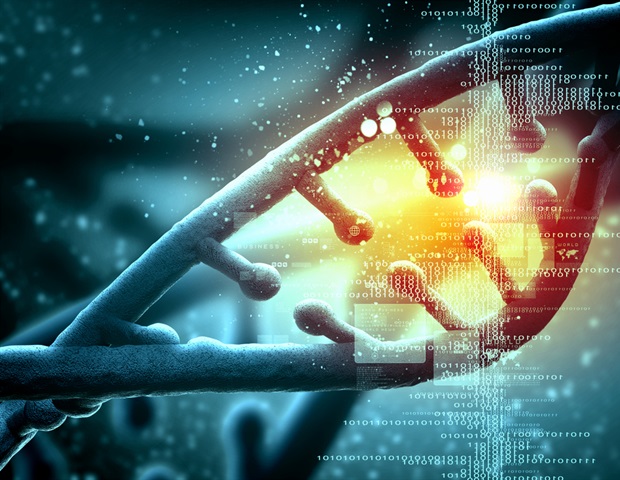In 2007, researchers at University of Gothenburg, Sweden published the first in a series of studies showing massive pollution with antibiotics from pharmaceutical factories in India. In connection with the ongoing UN General Assembly in New York, a declaration was approved that underlines the risks and calls for measures to reduce pollution. The UN-declaration is an important contribution to the fight against antibiotic resistance , not the least because it underscores the role of the environment and identifies several necessary actions, says Joakim Larsson, professor in environmental pharmacology at the Sahlgrenska academy, University of Gothenburg, Sweden.
Two of the items in the UN-declaration, 76 and 91, specifically address the industrial discharges. Here, the research from the University of Gothenburg has played a critical role. Rocket-high concentrations of antibiotics The wastewater and the polluted waterways in India investigated by Joakim Larsson and his team had concentrations that in some places exceeded those found in the blood of patients taking medication.
Concentrations detected were up to a million times higher than those normally found in municipal wastewaters. Resistant bacteria thrive and develop in these environments in an exceptional way. When bacteria become resistant it means that our antibiotics become ineffective.
High emissions of pharmaceuticals from manufacturing have later been demonstrated across the world, says Joakim Larsson. For almost two de.


















